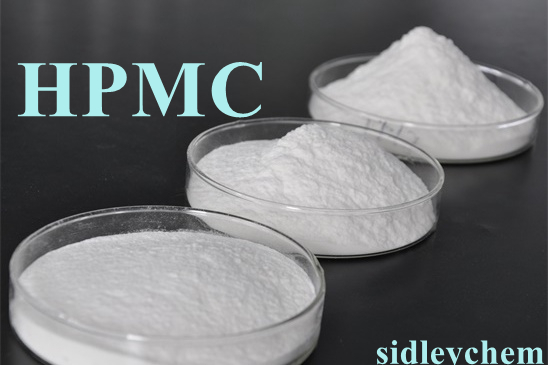go to Viscosity Units Converter | Viscosity Comparison Chart
Named after the French physician Jean Louis Marie Poiseuille (1799 – 1869), this is the CGS unit of viscosity, equivalent to dyne-second per square centimetre. It is the viscosity of a fluid in which a tangential force of 1 dyne per square centimetre maintains a difference in velocity of 1 centimetre per second between two parallel planes 1. Viscosity is the thickness of the fuel—its resistance to flow. Grease has a high viscosity. Gasoline has a low viscosity—it flows easily. Heating oil's viscosity changes dramatically with temperature. As the temperature decreases viscosity increases. Normally the temperature of oil in a basement tank is 60°F. Viscosity and Viscometry. The physical quantity ‘viscosity’ gives information on how thick a fluid is and how easily it flows. In scientific terms, viscosity is the measure of a fluid’s internal flow resistance. It is the resistance which a fluid shows when being deformed. What is the viscosity of water? Water, being the most studied liquid, is the best fluid to start with when learning about viscosity. The dynamic viscosity of water at room temperature has a value of around 1.0 mPa⋅s, and it decreases as temperature increases. Viscosity is the measure of a substance's resistance to motion under an applied force. The formula for measuring viscosity is fairly simple: viscosity = shear stress / shear rate. The result is typically expressed in centipoise (cP), which is the equivalent of 1 mPa s (millipascal second).
UNITS OF VISCOSITY
DYNAMIC VISCOSITY
Poise (symbol: P) + centiPoise (symbol: cP)
Viscosity Of Air
Named after the French physician Jean Louis Marie Poiseuille (1799 – 1869), this is the CGS unit of viscosity, equivalent to dyne-second per square centimetre. It is the viscosity of a fluid in which a tangential force of 1 dyne per square centimetre maintains a difference in velocity of 1 centimetre per second between two parallel planes 1 centimetre apart.
Even in relation to high-viscosity fluids, this unit is most usually encountered as the centipoise (cP), which is 0.01 poise. Many everyday fluids have viscosities between 0.5 and 1000 cP.
SOME TYPICAL DYNAMIC VISCOSITIES (cP at 20°C) | |||
|---|---|---|---|
| air | 0.02 | motor oil SAE 20 | 125 |
| acetone | 0.3 | motor oil SAE 50 | 540 |
| methanol | 0.6 | castor oil | 986 |
| water | 1 | glycerin | 1490 |
| ethanol | 1.2 | pancake syrup | 2500 |
| mercury | 1.5 | maple syrup | 3200 |
| linseed oil (raw) | 28 | treacle | 20,000 |
| corn oil | 72 | peanut butter | 250,000 |
| olive oil | 84 | window putty | 100,000,000 |
Pascal-second (symbol: Pa.s) + milliPascal-second (symbol: mPa.s)

This is the SI unit of viscosity, equivalent to newton-second per square metre (N·s m–2). It is sometimes referred to as the poiseuille (symbol Pl).
One poise is exactly 0.1 Pa·s. One poiseuille is 10 poise or 1000 cP, while 1 cP = 1 mPa·s (one millipascal-second).
TABLE OF EQUIVALENTS | ||
|---|---|---|
Dynamic Viscosity | Symbol | cP Equivalent |
| 1 kilogram-force second per square metre | kgf·s m-2 | 9 806.6501248 |
| 1 poundal second per square foot | pdl·s ft-2 | 1 488.164435 |
| 1 pound per foot hour | lb (ft·h)-1 | 0.4133789 |
| 1 pound per foot per second | lb (ft·s)-1 | 1 488.1639328 |
| 1 pound-force second per square foot | lbf·s ft-2 | 47 880.2595148 |
| 1 pound-force second per square inch (reyn) | lbf·s in-2 | 6 894 757 |
| 1 slug per foot second | slug (ft·s)-1 | 47 880.25898 |
KINEMATIC VISCOSITY
Viscosity Vpn
Stokes (symbol: St) + centiStokes (symbol: cSt)
This is the CGS unit, equivalent to square centimetres per second (cm2 s–1). One stokes is equal to the viscosity in poise divided by the density of the fluid in grams per cubic centimetre (g·cm–3). It is most usually encountered as the centistokes (cSt), equal to 0.01 stokes.
Saybolt Seconds Universal (SSU)

This is the time for 60 millilitres (ml) of fluid to flow through the calibrated orifice of a Saybolt Universal viscometer at a specified temperature, as prescribed by test method ASTM D 88. For higher viscosities, SSF (Saybolt Seconds Furol) is used. “Furol” comes from “fuel and road oil”.
Viscosity Chart
Degree Engler
Viscosity Definition
This is the ratio of the time of flow of 200 ml of fluid to the time of flow of 200 ml of water at the same temperature in a standardized Engler viscosity meter.
TABLE OF EQUIVALENTS | ||
|---|---|---|
Kinematic Viscosity | Symbol | cSt Equivalent |
| 1 square centimetre per second | cm2 s-1 | 100 |
| 1 square metre per second | m2 s-1 | 1 000 000 |
| 1 square foot per second | ft2 s-1 | 92 903.04 |
| 1 square inch per second | in2 s-1 | 645.16 |
View a pdf version of this page here
